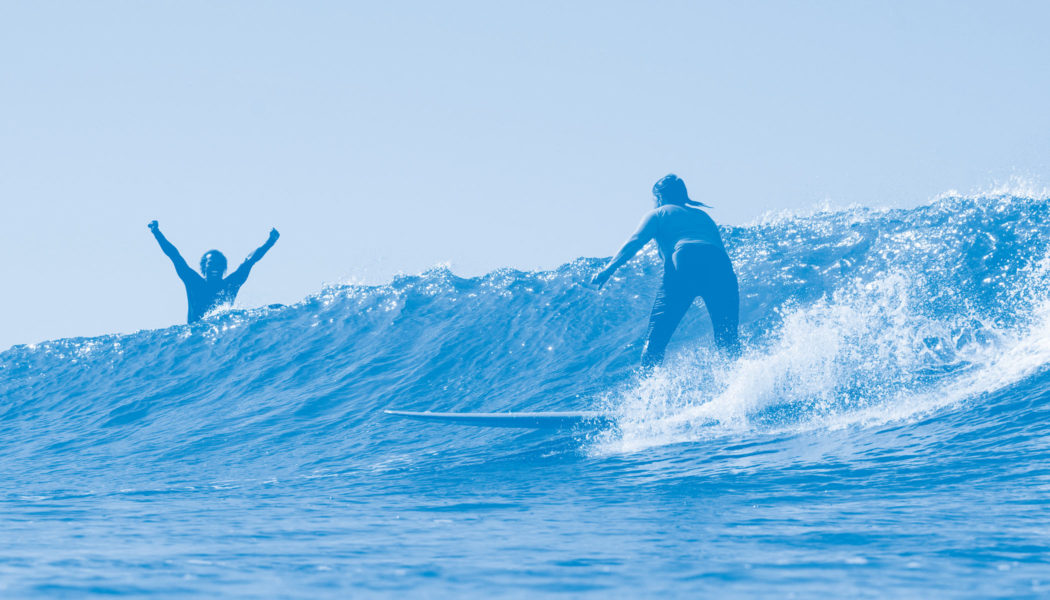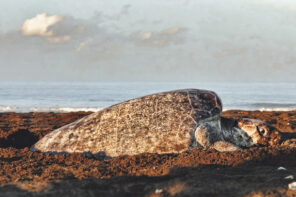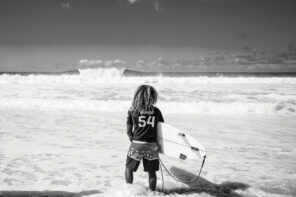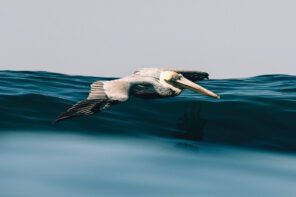Starting at Any Age with Surf Simply
Photos by @Surfsimply and @Saltshots
“If you’ve never surfed before, that first ride is a mix of nerves and excitement and, to some, also a touch of fear. The sound, speed and sensory experience are unlike anything else and so until that moment, it might be difficult to imagine the experience. But it doesn’t take long before a first-time surfer is enjoying lightbulb moments as they start to dissect and understand the process bit by bit with the help of a coach.
Whether you’re a total beginner trying surfing out for the first time or an experienced surfer who is ready for “the next step,” either way, that first wave delivers a long exhale of relief and bubbling of excitement.
Once that first wave is out of the way—it’s down to business. From wave number two onwards there will always be a goal or a movement or drill to tackle as the coaches champion your surfing development.
A thought from people that always reoccurs is that surfing allows one to think of nothing else but surfing at that time—whether that is within the Surf Simply walls or the ocean out front—it’s no different. That first wave is also a door we can temporarily close on our day-to-day responsibilities, and instead open up to enjoy the moment to have fun, learn something new or refine something existing.”
-Jessie Larnes
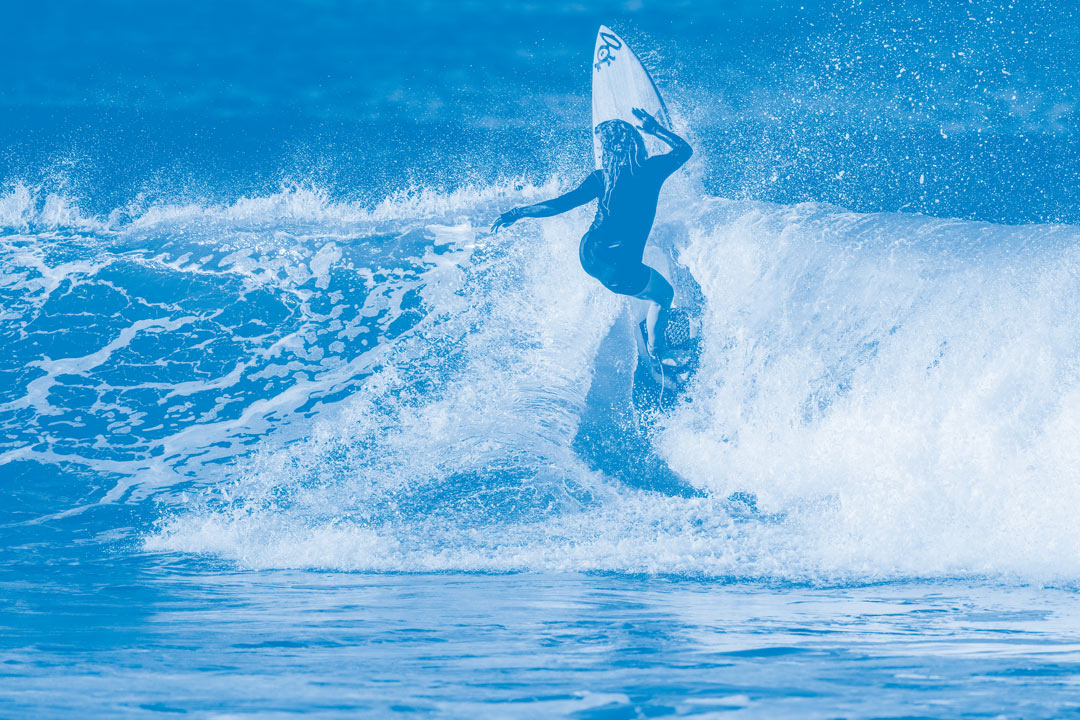
5 Tips for Starting at Any Age
- Start with an instructor or coach who can help teach etiquette and how to catch waves out the back. This will most likely keep you and other surfers safe.
- Take a lifeguard course to help you understand the dangers of the ocean. Also, to be able to identify swimmers and other surfers in distress or if they need help. Knowing more about the ocean will give you more confidence.
- Foam is your friend. Surfers tend to rush down in board volume even when they are a beginner or intermediate surfer. Having a board with more volume leaves room for error. Which will ultimately help you progress faster.
- Use white water if you are a beginner. We use the white water like a gym. If you are trying to perfect a pop-up or carving turn, you are more likely to achieve that by surfing white water waves. The white water can help with muscle memory and higher reps when practicing. You are more likely to catch more waves and be less tired after a good white water session.
- Practice a good stance and understand how to control your surfboard. A lot of surfers will paddle out a busy lineup without knowing how to stop, accelerate or change direction. Having a functional stance will make controlling the board easier.
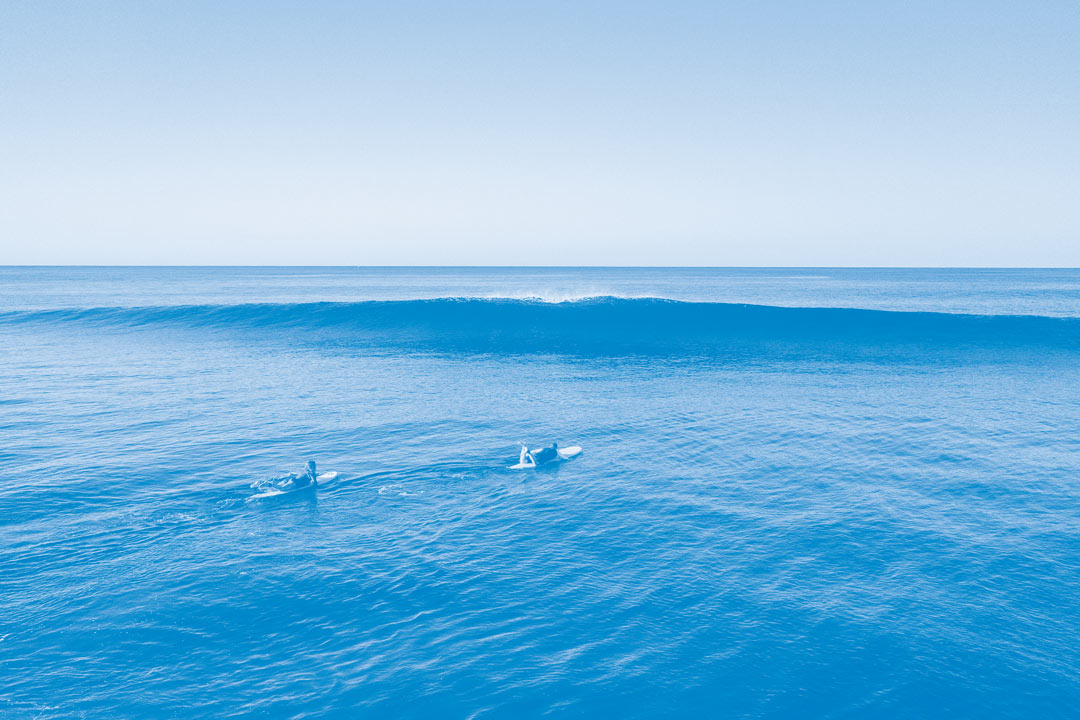
Functional Stance
- Keep your left hand over the left rail, and the right hand over the right rail. Like walking a tight rope, use your hands to stabilize.
- Keep your head up, looking forward. Where you look is where you’ll go.
- Use your hips to access the accelerator button by sitting the hip forward over your front foot. Access the stall button by sitting the hip back over the back foot.
- Your feet access the controls, so you need your front foot over the midpoint and accelerator button, and your back foot shoulder width behind the stall button. Use the center stringer line to keep your toe and heel spread 50/50 from left rail to right rail.

